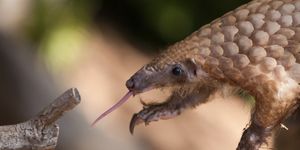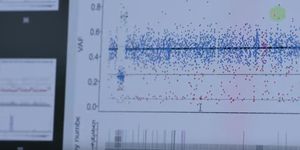Flyception 2.0: Tracks Complex Social Behavior of Flies
Researchers at the University of California San Diego now have a better understanding of the social behavior of insets thanks to advanced imaging technology called ‘Flyception’. Originally developed in 2016 as a system that records freely walking flies, but now the technology has advanced to the point that it can record ultra-precise brain activities in flies. The "Flyception2" can allow researchers to study brain activity of flies during intricate behaviors.
"This technology has made it possible to record the animal while it's moving around completely untethered and unfettered in any sense," said Ralph Greenspan, a professor in the Division of Biological Sciences and Department of Cognitive Science, and associate director of the Kavli Institute for Brain and Mind (KIBM). "The strength of the system is that it gives us real-time information of what the cells in the brain are doing and an understanding of social behaviors."
The technology is the first ever to describe what happens to the brain during mating in any organism—findings were published in Nature Communications.
The design of Flyception2 involves a groundbreaking tool that allows researchers to surgically implant a transparent window on the fly's head. The recordings reveal insights of brain activities—such as how differences between a particular population of brain cells (known as neurons)—P1 and mAL that are either active or off during courtship.
"Only by using this system were we able to obtain the surprise finding that P1 neurons are inactive during copulation," said Grover. "My hypothesis is that as mAL neurons turn on, P1 neural activity goes down, suggesting a countervailing effect of mAL in opposing P1 activity."
Learn more about how study flies help us understand our own brains:
"We hope this kind of technical advancement, which can only be done at this point in the fruit fly, can start to forge the way for other organisms," said Greenspan. "Scientists are starting to be able to draw parallels between which parts of the brain appear to have evolved from the same precursors in invertebrates and in mammals. As people do more of those molecular studies, we will be able to make those parallels in more detail."









